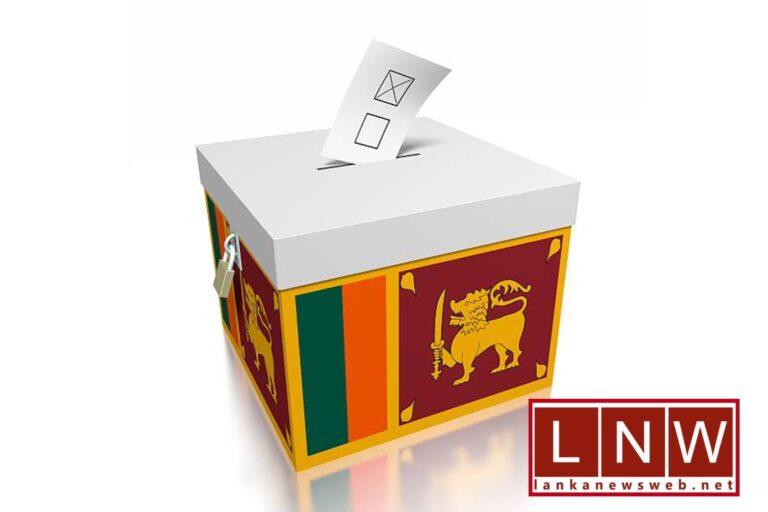By: Isuru Parakrama
September 22, Colombo (LNW): The following results are of Batticaloa electorate of the Batticaloa district.
Batticaloa Electorate of the Batticaloa District
Sajith Premadasa – 64,068
Ranil Wickremesinghe – 41,538
Anura Kumara Dissanayake – 24,168
Ariyanethiran Pakkiyaselvam – 12,758
With that being said, Presidential Candidate of the Samagi Jana Balawegaya (SJB) Sajith Premadasa has secured a 43.37 per cent win in the Batticaloa electorate of Batticaloa District.



